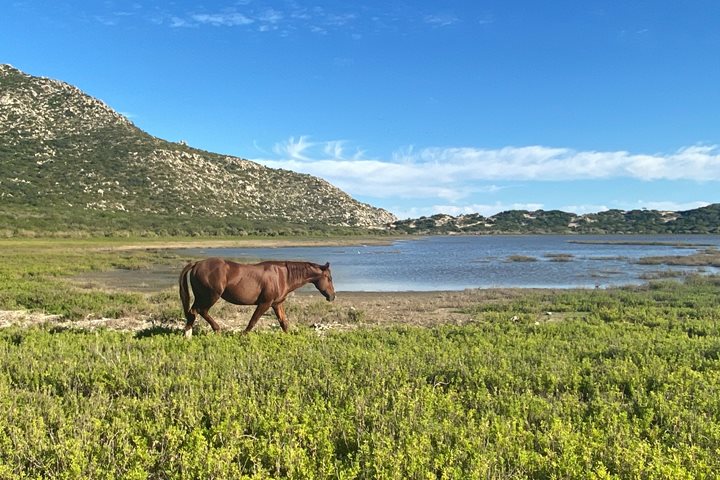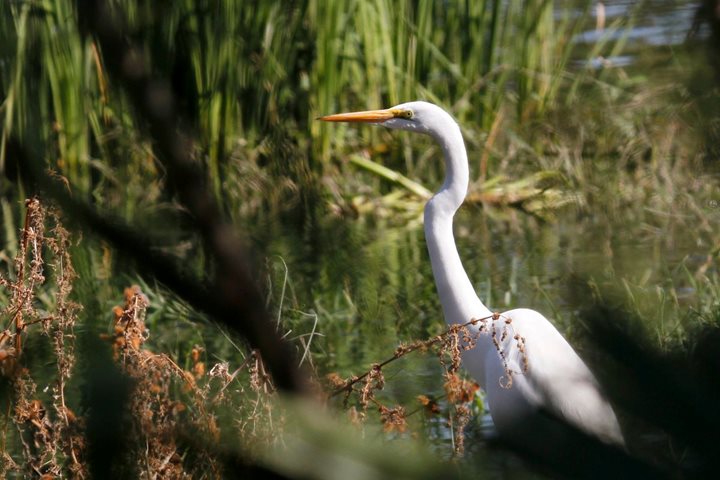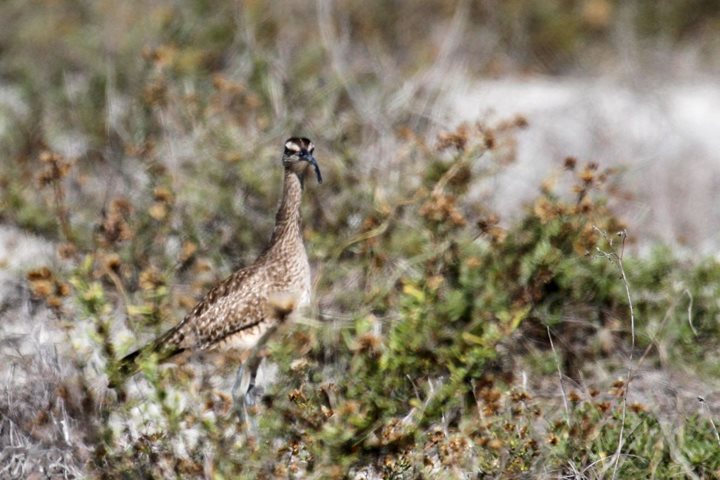San Benitos is a small archipelago located offshore on the Pacific Ocean, west side of the Baja California Peninsula. Today we had the fortune of exploring these diverse islands. Since we arrived a bit ahead of schedule, we could deploy our Zodiacs to take a closer look to the shoreline of the majestic, eroded volcanoes. The place is literally exploding with wildlife! It was hard to know where to start looking. At the very beginning, we noticed hundreds and hundreds of California sea lions, both on the rocks and in the water. As the sea lions started to get quite playful with our boats, we realized there were also huge Northern elephant seals on the beach, and a few in the water. Almost at the same time, we noticed an active osprey’s nest on the rocks right above us.
The magnificent volcanic landscape, surrounded by the calm Pacific Ocean, was the stage for innumerable species, who live in the remoteness and apparent harshness of San Benitos. One good example of something that was not expected was the abundance of raptors on the islands. We saw at least six different peregrine falcons, two red-tailed hawks, and more ospreys than we could count. A healthy population of top predators is an unmistakable sign of a steadily healthy population of prey species. One of those species is the elusive Cassin’s auklet. This is a small seabird related to its more famous cousin, the puffin, but they do not look very similar. These remote islands are valuable breeding habitat for Cassin’s auklets, and although we did not see any, their burrows, which coved a great area of the ground, surrounded us as we explored by foot.
One of the highlights was walking up to a beach with several female Northern elephant seals, some of them with very young pups. There were also a few enormous males, which showed scars from past battles, and their odd-looking proboscis, which looks like a miniature elephant’s trunk, hence their name.







